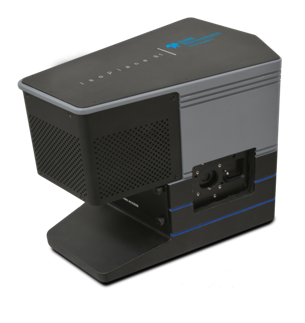Mark Waterland
AIP Advances
Road Materials and Pavement Design
Journal of Leather Science and Engineering
SPIR Nanoimaging and Nanospectroscopy VI 2018
Introduction
Raman spectroscopy is a highly sensitive tool for material identification and identifying structure of materials down to molecular levels. It is a ubiquitous tool not only in fundamental research but applied research as well. Mark Waterland from Massey University and his team are applying Raman spectroscopy to solve complex analytical problems across research fields such as medicine, ecology, food science and more.

Here are a few examples studied by the group over the past few years:
• Improving the quality of road pavements and understanding their failure mechanisms. The bitumen/aggregate mixtures used for road pavements are poorly compatible due to the hydrophilic nature of the aggregates. Raman spectroscopy allows for the analysis of the molecular structure of the surfaces of these materials down to the existence of specific bonds such as O-H or P=O as these emit Raman signals at different wavelength bands. This can lead to a better understanding of binding interactions and how to improve them.
• Quality control of leather. There is a significant amount of loss in leather manufacturing due to a quality defect called looseness. The defects are typically only identified after the raw material has undergone a series of resource intensive processing steps. Raman spectroscopy can help identify materials prone to showing defects early in the process. Once the spectral features for identification are known they can be combined with a chemometric model for analysis and classification.
• Finding contamination in milk. Surface enhanced Raman scattering can identify specific contamination molecules, potentially even single molecules. However, it is hard to apply to a colloidal liquid such as milk due to the strong light scattering and nature of SERS samples when applying standard sample preparation which make SERS signals hard to detect. Using a new sample preparation process, the researchers are able to achieve detection of very low concentration of contaminants.
The work of Mark Waterlands team clearly shows the high impact of Raman spectroscopy for applied research problems.

